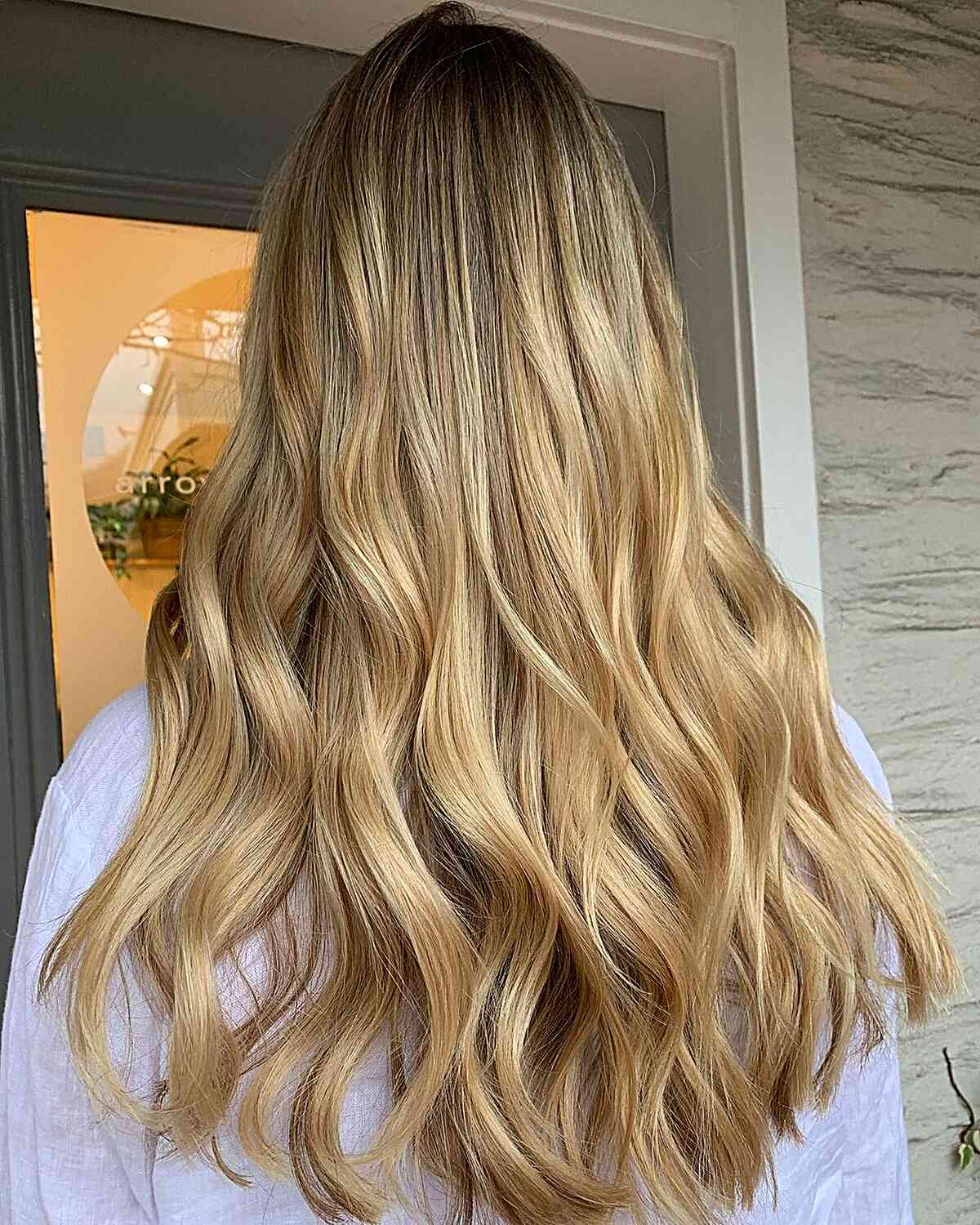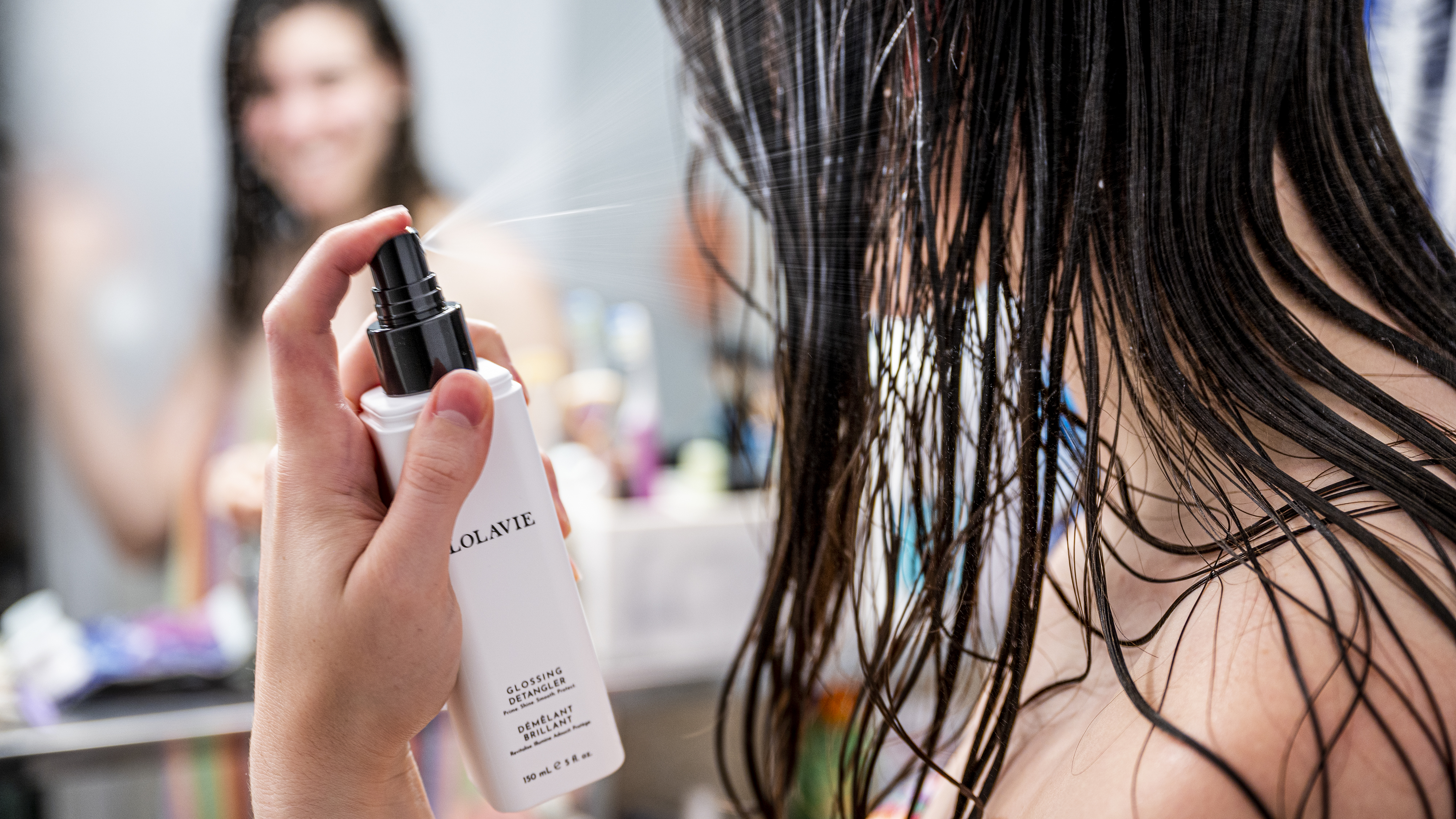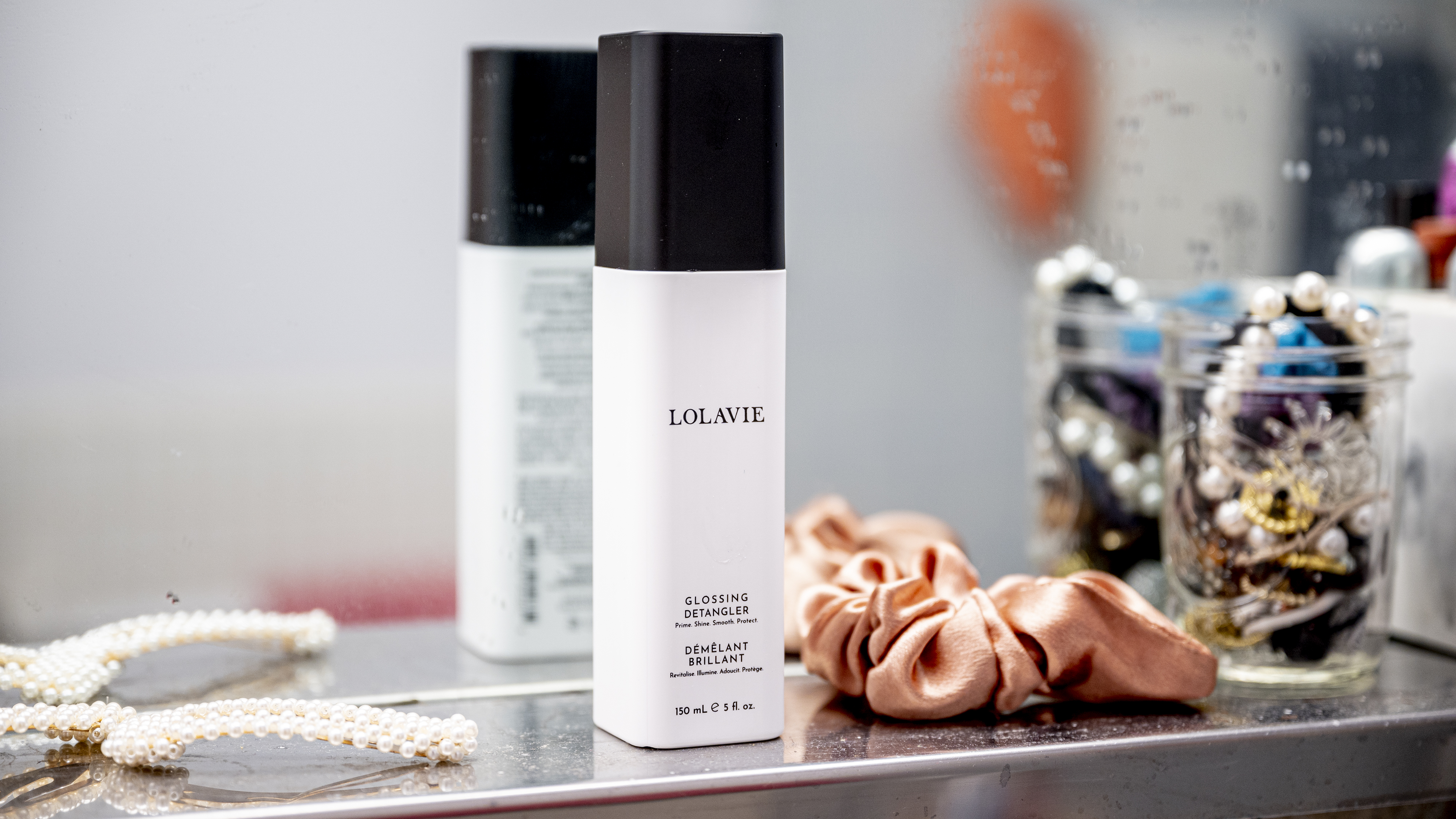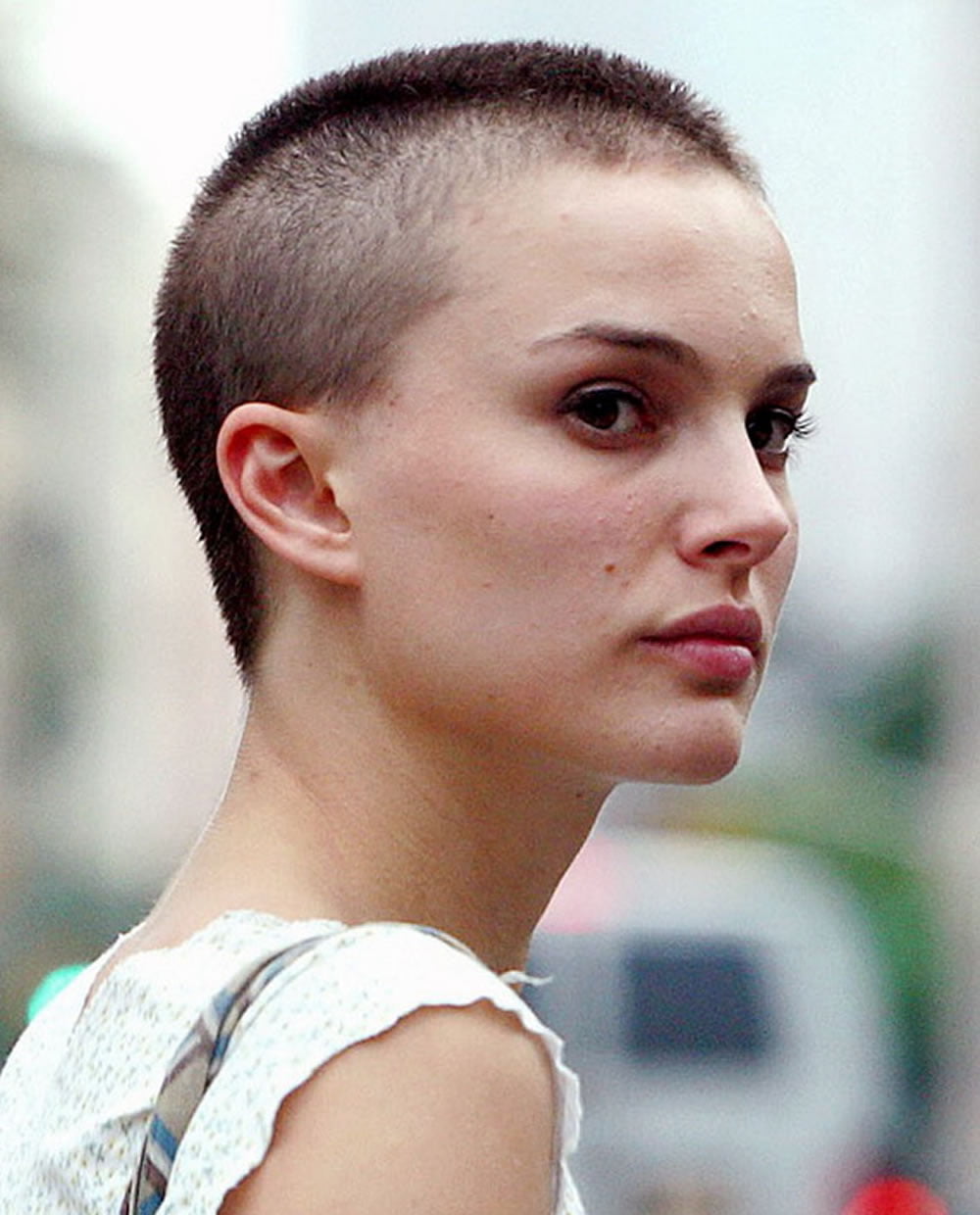Table Of Content

You can search by location, condition, and procedure to find the dermatologist that’s right for you. Available as a solution or foam that’s applied to your scalp, the medication has been approved by the U.S. Other ways to hit your daily protein requirement include eating beans and legumes, eggs or Greek yogurt. If your hair is already dry or damaged, washing it in hot water can make it more likely to break.
Using caffeine-infused products
Most cases of hair shedding after COVID-19 resolve themselves within about two to six months, researchers report. With new techniques, many women benefit from hair transplantation surgery. But there are risks, including infection or shock that can cause hair to fall out of the transplanted areas. In hair transplant surgery, pieces of scalp tissue with the hair attached are typically taken from one area of the scalp and moved to areas of baldness.
Use over-the-counter hair loss medication
As part of your hair’s growth cycle, new strands grow and take the place of the ones you shed. An older 2007 study found that caffeine blocked the effects of dihydrotestosterone (DHT) in male hair follicles. DHT is a hormone that’s linked to hair loss in people of all genders. Some shedding is temporary and may respond well to dietary changes, certain treatments, or lifestyle strategies.
Vitamin A
The underlying cause of hair loss affects what treatments will be most effective. Options include supplements, medicated ointments, and lifestyle changes. It’s best to see a healthcare professional for any unexplained hair loss so they can determine the underlying cause and best course of treatment. In addition to losing hair on the scalp, some people with alopecia areata lose hair from their eyebrows, eyelashes, or other parts of the body. Female pattern baldness often results in thinning all over the scalp and might look like widening or thinning around the part. It typically occurs after age 65 but, for some females, it can begin early in their lives.
Staying Healthy
If you need help finding a primary care doctor, then check out our FindCare tool here. If you decide to style your hair with heated tools, only do so when your hair is dry and use the lowest settings possible. Traction alopecia results from too much pressure and tension on the hair, often from wearing it in tight styles, like braids, ponytails, or buns. These patches, sometimes called a kerion, can cause scarring as well. If you answered yes to any of these questions, your dermatologist may recommend a wig or concealer. This dermatologist is using a dermatoscope to examine a patient’s scalp.
When to connect with a doctor
Unless you have extremely oily hair, consider washing your hair only every other day or less. Telogen effluvium is a type of sudden hair loss that results from emotional or physical shock, like a traumatic event, period of extreme stress, or a serious illness. This usually happens because of radiation treatment or chemotherapy. Discover the signs of this common cause of hair loss and what can treat it.
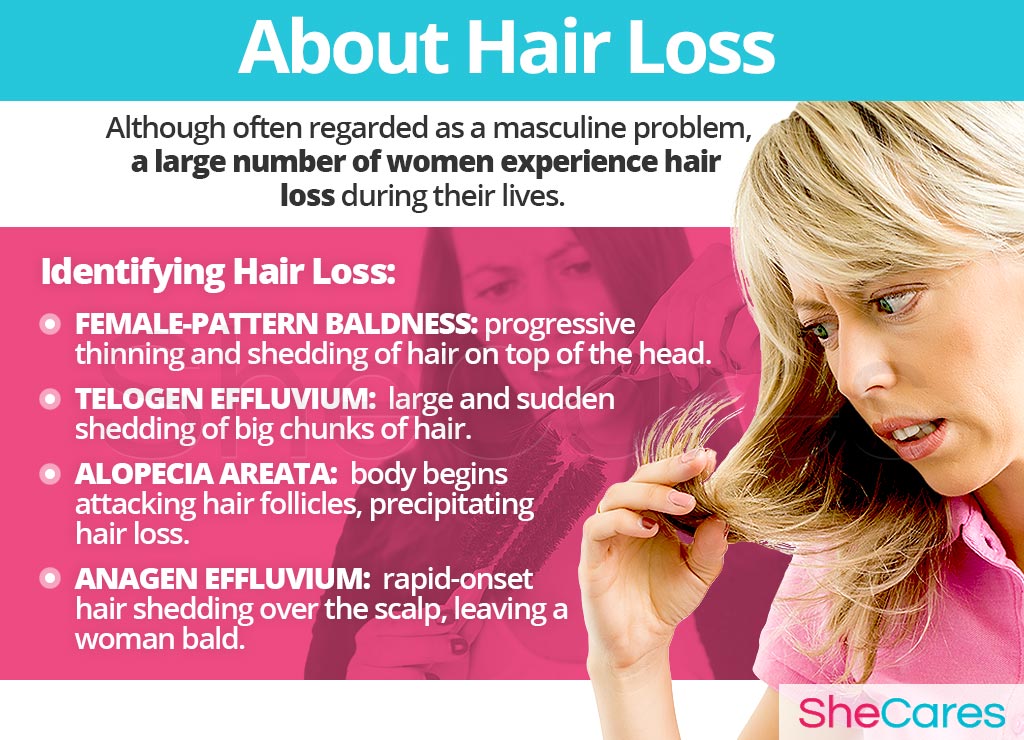
Women may experience hair loss during menopause due to reduced production of the hormones estrogen and progesterone. Menopause usually affects women between the ages of 45 and 55. This article will focus primarily on hair loss in cis women. The information in this article will also apply to you if you were assigned female at birth and have never had hormone replacement therapy (HRT). Trans women and trans men who have used HRT may have additional risk factors for hair loss that are not covered here. The skin’s barrier (the outermost layer) forms tiny cracks when it’s dry, which allows irritants to get into it and cause inflammation.
Male-pattern baldness typically appears first at the hairline or top of the head. While sudden or extreme hair loss can be alarming, there are often simple solutions. By addressing the underlying cause and making some lifestyle changes, you may be able to stop or prevent hair loss. There’s some research to suggest that caffeine may help with hair growth and slow down hair loss. These changes happen due to varying levels of hormones during menopause.
Other hair loss may be more permanent or may not stop until an underlying condition is treated. It’s important to talk to your healthcare provider before starting any form of treatment for hair loss. Some types of treatment aren’t safe to use if you’re pregnant, planning on becoming pregnant or going through menopause. A healthcare provider will do a thorough examination and take a detailed history to understand changes in your hair growth. Your provider will also ask about what medications or supplements you currently take. If you’re experiencing rapid hair loss and want to remedy the situation, there are several ways to encourage new hair growth or make your hair strands stronger and healthier.
Seasonal hair loss: What causes it and treatments to help - TODAY
Seasonal hair loss: What causes it and treatments to help.
Posted: Fri, 12 Apr 2024 07:00:00 GMT [source]
This type of hair loss typically resolves on its own once the underlying cause is addressed. The key to treating hair loss is to find out what’s causing it. Here’s how a dermatologist determines the cause and what treatment may involve. Scalp ringworm, which is caused by a fungus, requires antifungal medication.
Some people may experience excessive hair loss shortly after giving birth. This type of hair loss is a temporary condition and usually resolves within a year or sooner. This is considered the most effective treatment for people who have a few patches of alopecia areata, a condition that causes hair loss. In one study of 127 patients with patchy alopecia areata, more than 80% who were treated with these injections had at least half of their hair regrow within 12 weeks. See your doctor if you are distressed by persistent hair loss in you or your child and want to pursue treatment.
You’ll apply this cream once daily, directly to the scalp in areas where you want to encourage hair growth. Some types of hair loss happen when your immune system attacks your body’s natural processes. You can also ask your doctor about oral minoxidil as a treatment for androgenetic alopecia. Hair loss in women is natural part of the aging process, with most women experiencing hair loss after menopause. More than half of women ages 65 and older will experience some degree of hair loss. In fact, you probably lose between 50 and 100 single hairs each day, according to the American Academy of Dermatology (AAD).
Hair transplants involve taking hair from one area of your scalp and transplanting it into an area with hair thinning or balding. Other essential oils to consider include lavender, lemongrass, and peppermint. You can try mixing a couple drops of any or all of these oils with a couple tablespoons of a carrier oil such as jojoba or grapeseed. However, you may need to use the medication for as long as 12 months before you’ll see any results. It also has various side effects, including loss of libido and erectile dysfunction.
Finasteride tends to be more effective if you begin taking it when you first notice hair loss. A dermatologist may also prescribe this medication to treat a woman who has hereditary hair loss and cannot get pregnant. Some hairstyles and hair care habits can damage hair, leading to hair loss. If your dermatologist finds that this may be causing your hair loss, your dermatologist can recommend changes that will help you stop damaging your hair. Effective treatment for hair loss begins with finding the cause.
If your blood test reveals that you’re not getting enough biotin, iron, or zinc, your dermatologist may recommend taking a supplement. If you’re not getting enough protein, your dermatologist can tell you how to boost your intake. Your doctor will also look at other areas on your body like your eyebrows, lashes, underarms, pubic area, legs and arms to assess if there’s hair loss.







